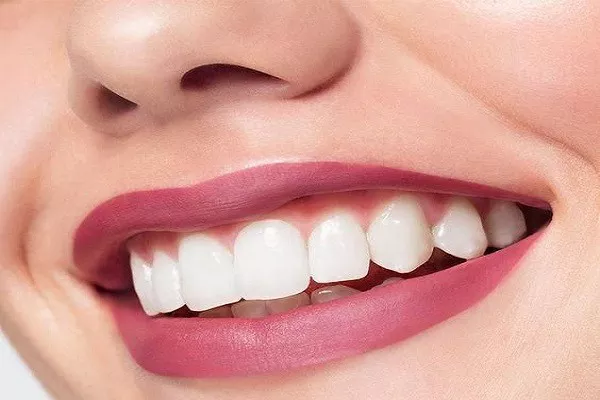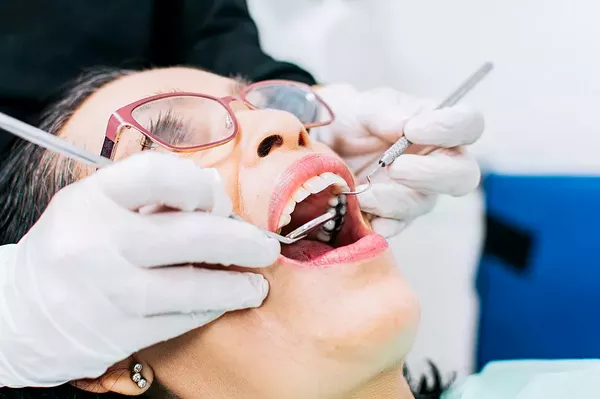Dental implants are a reliable and durable solution for tooth replacement, providing individuals with restored function and aesthetics. However, the unexpected can happen, leading to the question: What to do if a dental implant falls out? In this comprehensive guide, we explore the steps to take and considerations to keep in mind if faced with the unsettling scenario of a dislodged dental implant.
Immediate Actions: Retrieving the Implant
1. Stay Calm and Assess
In the event of a dislodged dental implant, it’s essential to stay calm and assess the situation. Evaluate whether the entire implant has fallen out or if it’s a part of the restoration, such as a crown or abutment, that has become dislodged.
2. Retrieve the Implant if Possible
If the entire implant has fallen out, try to retrieve it. Handle the implant with care, avoiding unnecessary touching of the implant surface. Rinse it gently with saline solution or water if there is visible debris, but do not scrub or use any cleaning agents.
Contacting Your Dental Professional
1. Priority: Contact Your Dentist Immediately
Once the implant has been retrieved and assessed, the next immediate step is to contact your dentist. Time is of the essence in addressing a dislodged implant, and reaching out to your dental professional promptly increases the chances of successful reintegration.
2. Provide Details and Follow Guidance
When contacting your dentist, provide details about the incident, including when the implant fell out and any observations you made. Follow the guidance given by your dentist for the next steps, which may include scheduling an emergency appointment.
Avoiding Self-Adjustment
1. Resist the Urge to Reinsert
While it may be tempting to try to reinsert the dental implant on your own, it is crucial to resist this urge. Improper reinsertion can lead to further damage or complications. Leave the handling and reintegration to the expertise of your dental professional.
2. Potential Reasons for Dislodgement
Understanding the potential reasons for the dislodgement is crucial. It may be due to factors such as trauma, an infection around the implant, or issues with the implant’s integration with the jawbone. Identifying the cause informs the appropriate course of action.
Emergency Care and Pain Management
1. Addressing Pain or Discomfort
If you are experiencing pain or discomfort, over-the-counter pain relievers such as ibuprofen or acetaminophen can be taken according to the recommended dosage. However, it is essential to consult with your dentist before taking any medication.
2. Temporary Solutions for Comfort
Your dentist may provide guidance on temporary solutions to alleviate discomfort. This could include using a saline solution for rinsing, avoiding hot or cold foods, and adopting a soft-food diet to minimize irritation.
Dental Professional’s Evaluation
1. Diagnostic Assessments
Upon your emergency dental appointment, your dentist will conduct a thorough assessment. Diagnostic tools, such as X-rays, may be employed to evaluate the condition of the implant, surrounding tissues, and the overall dental structure.
2. Determining the Cause
Identifying the cause of the implant dislodgement is crucial for devising an appropriate treatment plan. Whether it’s related to trauma, infection, or other factors, understanding the root cause guides the subsequent steps in the treatment process.
Reintegration or Replacement
1. Reintegration Attempts
If the implant and surrounding tissues are in good condition, your dentist may attempt to reinsert the implant. This process, known as reintegration, involves carefully placing the implant back into its original position. Successful reintegration depends on various factors, including the duration the implant was dislodged and the overall health of the surrounding tissues.
2. Exploring Replacement Options
In cases where reintegration is not feasible or advisable, your dentist may explore replacement options. This could involve a new implant placement, taking into account the lessons learned from the initial implant experience to optimize long-term success.
Preventive Measures Moving Forward
1. Follow Post-Treatment Instructions
After reintegration or replacement, following your dentist’s post-treatment instructions is crucial. This may include guidelines for oral hygiene, dietary restrictions, and any medications prescribed for optimal healing and implant success.
2. Regular Dental Check-ups
Maintaining regular dental check-ups is essential to monitor the health of your dental implants and address any emerging issues promptly. Your dentist will establish a personalized care plan to ensure the ongoing success and longevity of your dental implants.
Conclusion: A Roadmap to Recovery
In conclusion, discovering that a dental implant has fallen out can be distressing, but swift and informed actions can pave the way for recovery. Contacting your dentist immediately, avoiding self-adjustment, and following professional guidance are fundamental steps.
The journey to reintegration or replacement involves collaboration between you and your dental professional. Understanding the potential causes, addressing pain, and participating actively in the treatment plan contribute to a roadmap for recovery. While the experience may be disconcerting, it also underscores the resilience and adaptability of modern dental care, offering solutions and paths forward for a restored and enduring smile.
Can You Get Dental Implants If You Have Gum Disease
Does Mouthwash Help With Gingivitis
How do you prevent gingivitis?






























